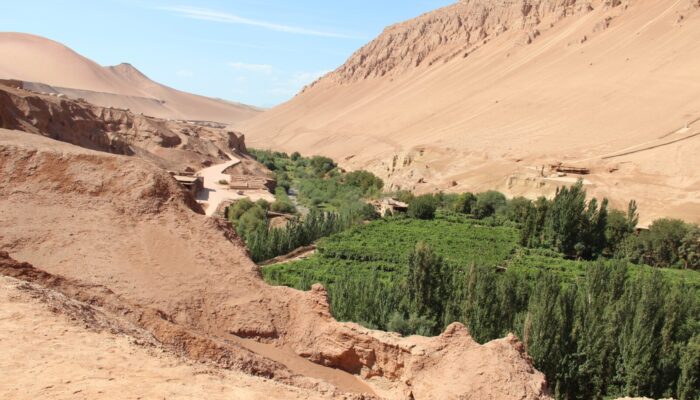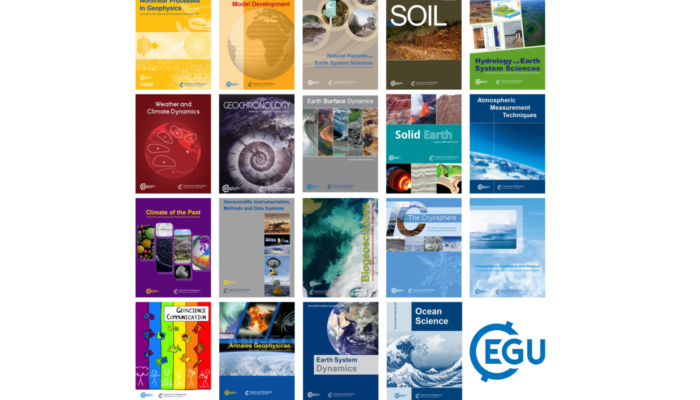Have you ever considered creating a video abstract but didn’t know where to begin or felt you lacked the skills to produce something of the quality you envisioned? Join me today as I welcome EGU’s editorial manager, Eduardo Queiroz Alves, who will address common questions and guide you through the process. Hello, Eduardo! Thank you so much for joining me to discuss creating a video abstract. ...[Read More]
Meet Marian Holness, EGU’s new Vice President
Congratulations, Marian, on your new role as EGU’s Vice-President! Can you tell us a little bit about yourself? I am a petrologist, currently working on problems related to the physical and chemical processes that occur during the solidification of magma. I have been a member of the Department of Earth Sciences, and a fellow of Trinity College, at the University of Cambridge for most of my career. ...[Read More]
Can our oases outlast the dry spell of desertification?

Ever wondered how fast our planet is losing its footing? Imagine this: every time you blink, four football fields’ worth of fertile soil vanish into thin air. According to the UN, that’s a mind-boggling 100 million hectares gobbled up by land degradation each year! But when this happens in dry regions, it morphs into something even more sinister: desertification. Karina Lima, a climate ...[Read More]
GeoRoundup: the highlights of EGU Journals published during June!
Each month we feature specific Divisions of EGU and during the monthly GeoRoundup we put the journals that publish science from those Divisions at the top of the Highlights roundup. For February, the Divisions we are featuring are: Geomorphology (GM) and Ocean Sciences (OS). They are served by the journals: Ocean Science (OS), Earth Surface Dynamics (ESurf), Solid Earth (SE) and Geoscientific Mode ...[Read More]



